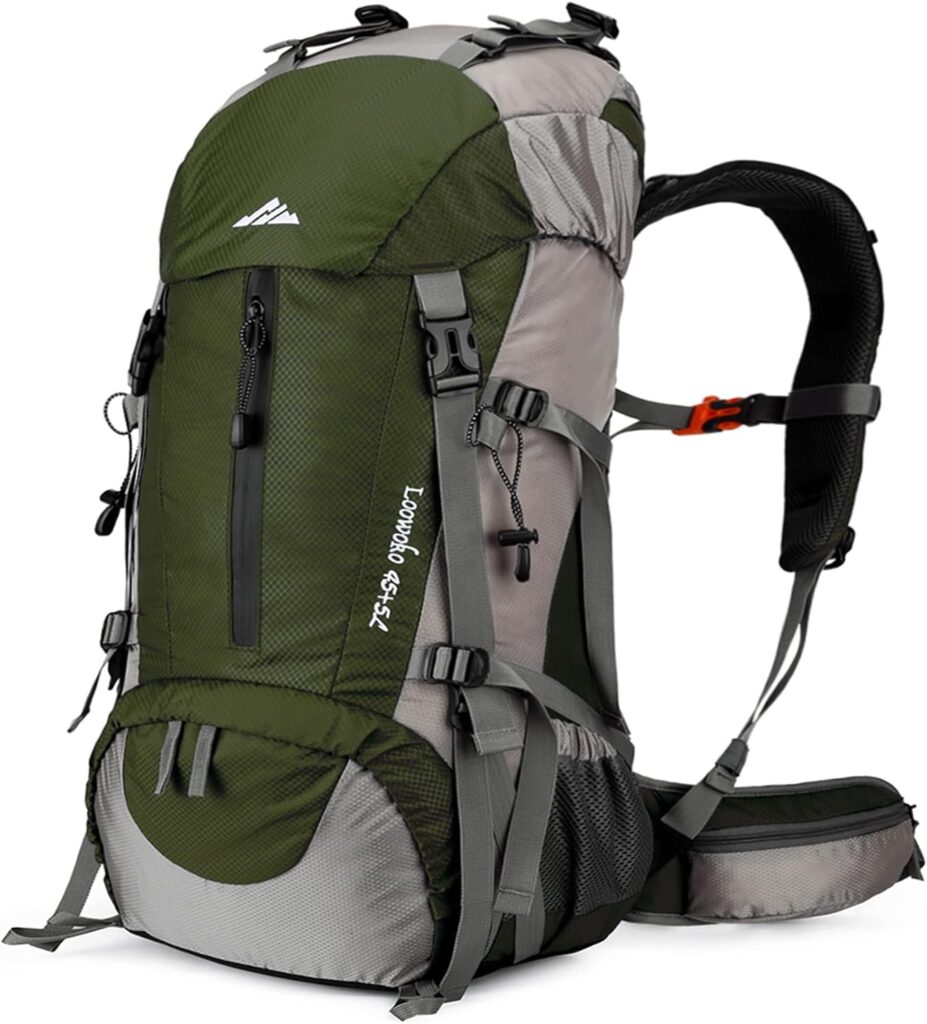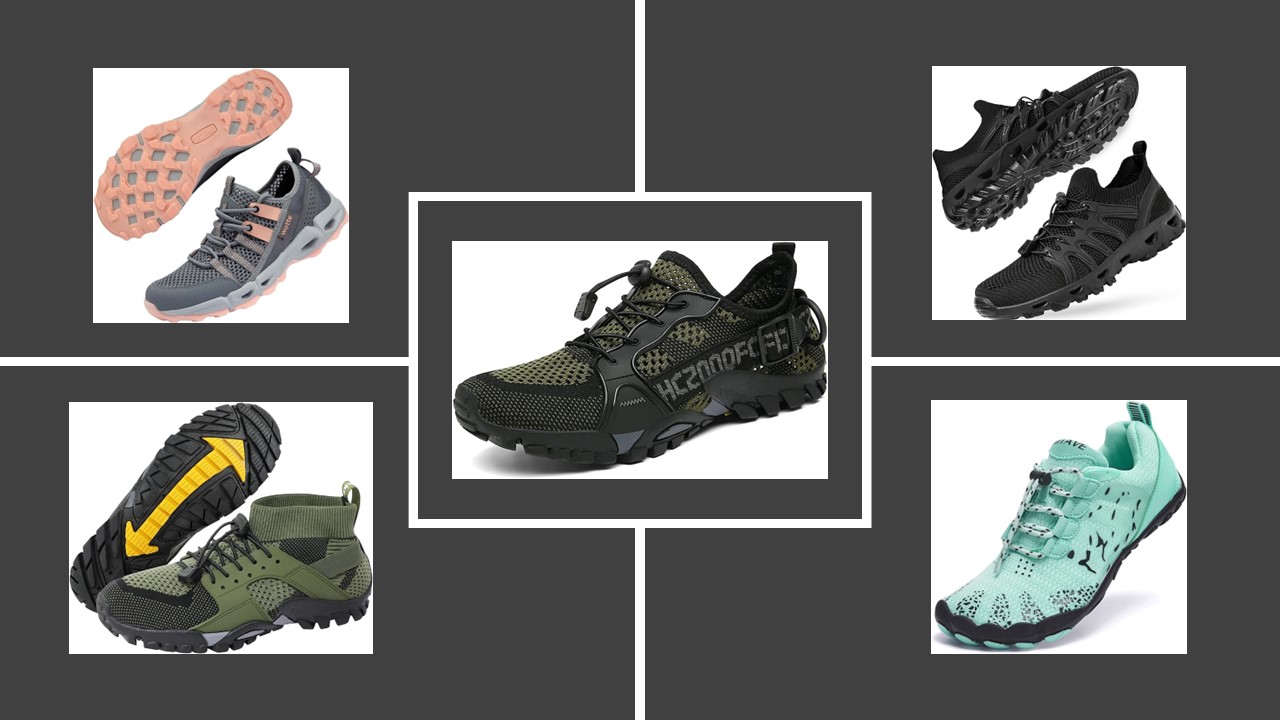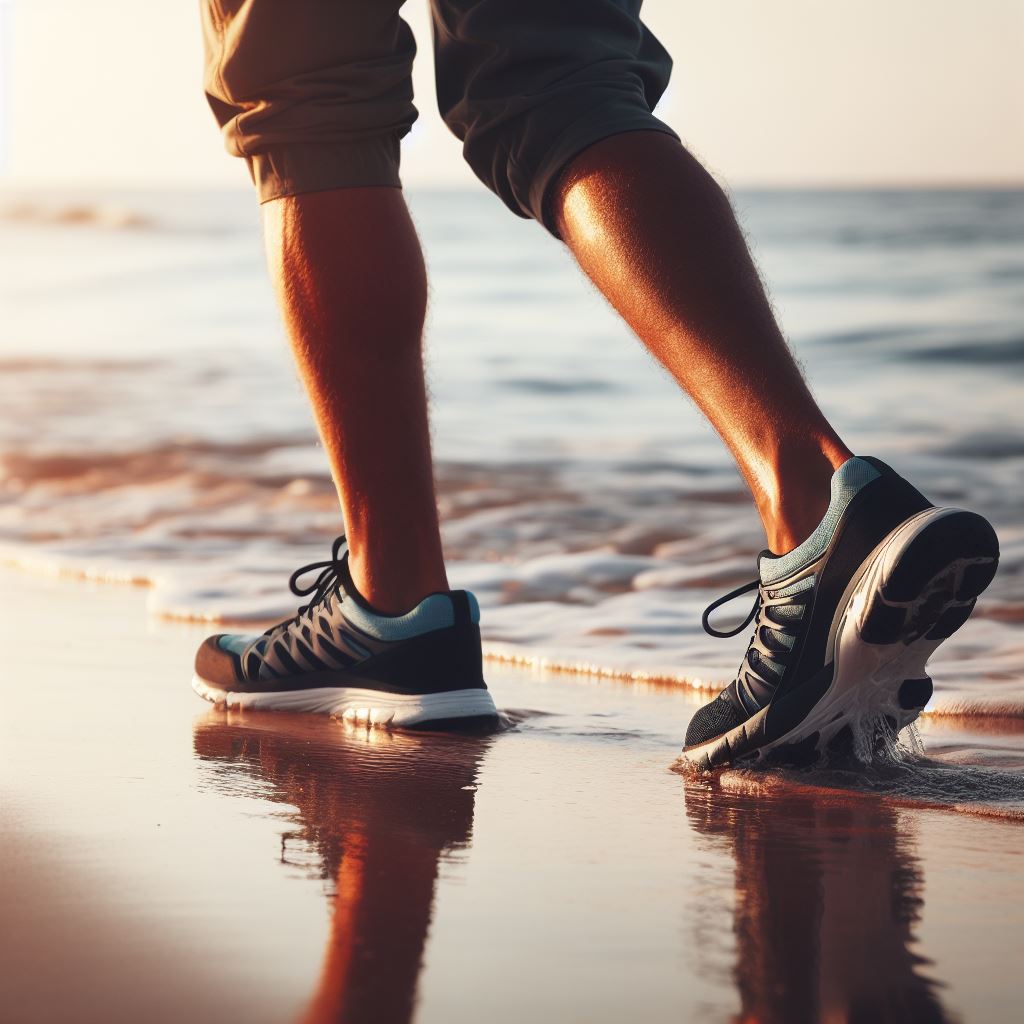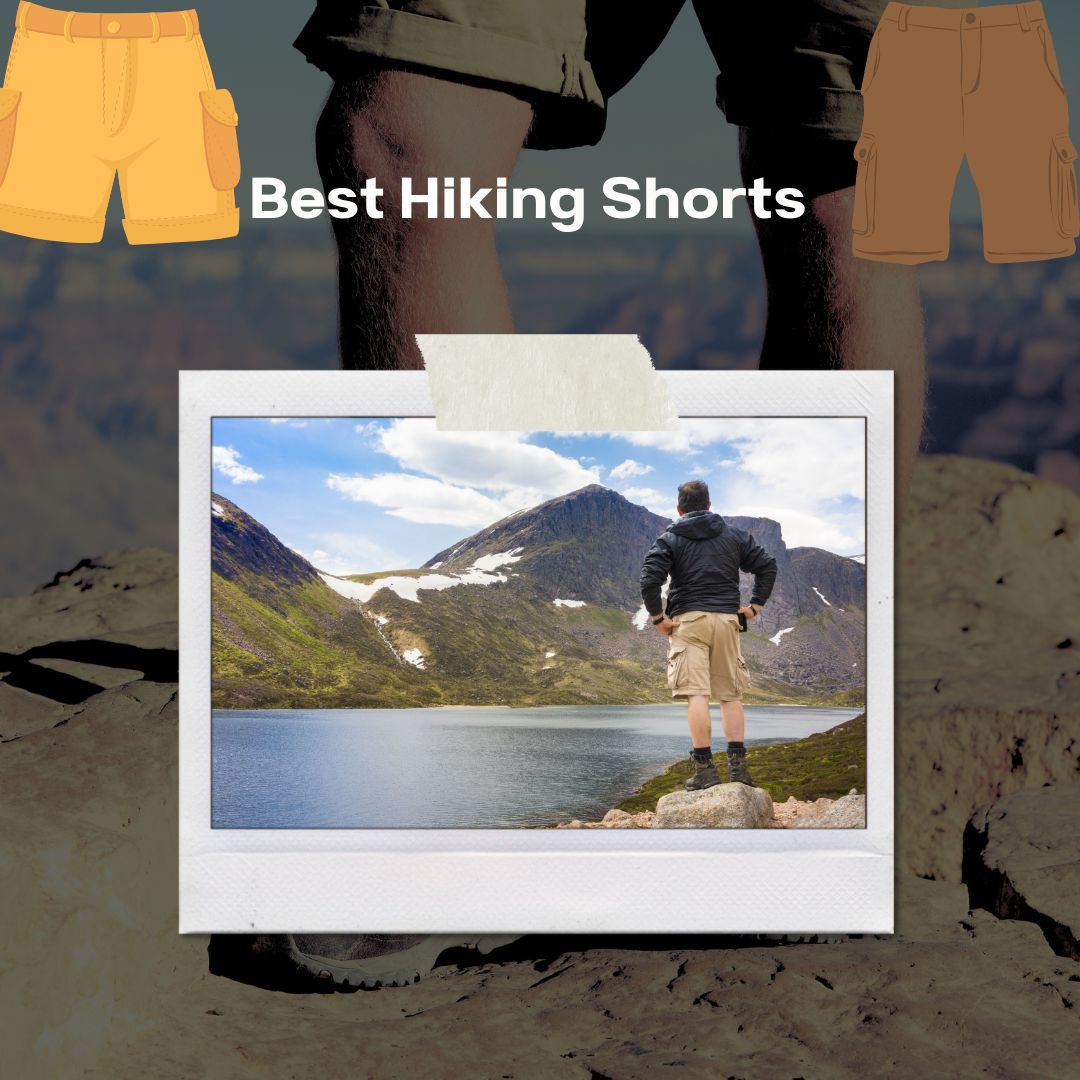17 Tips When Hiking – Easily Dominate Your Hike
Hiking is not just about climbing mountains or walking in the woods but about getting away from the hustle and bustle of life. However, you need some tips when hiking if you want to stay comfortable and enjoy the experience that hiking brings.
When you are going hiking, you need to be well equipped with tips that can help you enjoy it to the fullest. For instance, you need to ensure hiking is suited to you, check the weather forecast and plan your route ahead. You also need essential gear such as map, compass, water and first aid kit.
We have a lot of tips when hiking and whether you are a beginner or pro, knowing these tips can make the difference in your hiking adventure. So, let’s share with you, some of the top tips for staying comfortable when hiking.
Tips When Hiking
Hiking is a chance to disconnect from the digital world and breathe in fresh mountain air while challenging yourself physically. It is not just about walking around in the woods but a purposeful adventure. It can be a relaxing stroll through the woods or heart-pumping mountain climbing.
Here are tips when hiking:
1. Check The Trailhead Signs Before You Set Off For Any Hike
Before you ever embark on hiking, take a moment to review the trail signs. These signs are often found at the beginning of the trail. They provide you insight into your trails as they can impact your hike. Some of the trailhead signs are:
- Trail Condition and Closures: Trailhead signs provide you with the latest update on trail conditions, such as muddy or icy patches, fallen trees or recent landslide. They may also indicate any part that is temporarily closed due to maintenance, wildlife activity and hazardous conditions. It is important to be aware of what ahead before you embark on hiking adventures
- Route Information: Trailhead also usually have detailed maps and descriptions that gives you idea of the trail’s length, elevation gain, key waypoints and difficulty level. Knowing the layout of your trail will not only help you to manage your time but also enjoy your hiking adventures.
- Safety Notice: There will be safety warnings and tips on the trailhead to help you avoid dangerous situation and equip you with knowledge to respond to emergencies that may arise.
- Regulations and Etiquette: Each trail has its rule and regulations and it is important to adhere when you are hiking. The trailhead provides rules and regulations you should adhere to when you are hiking.
- Local Flora and Fauna: Many trailhead signs provide information about the local wildlife and plant species you might encounter along the trail. This can enrich your hiking experience by helping you identify and appreciate the biodiversity of the area. It can also inform you about potentially harmful plants or animals to avoid.
2. Choose A Day Hiking Backpack That Is Appropriate For Your Needs
The right hiking backpack is crucial for your comfort, convenience and preparedness on the trail. The length of your hike, terrain, weather condition and gear will determine your backpack need. Here is how to properly choose your backpack:
- Size and Capacity: A 20-30-liter backpack has plenty of space for most day hikes. With this size, you can carry essentials like snacks, water, first aid kit and extra clothing. Larger backpack of 30 to 40 liters is perfect for longer hikes to help you pack a stove, food and enough water.
- Fit and Comfort: Your backpack should have adjustable shoulder straps, padded hip belt and chest strap to help you distribute weight evenly and reduce strain on your back and shoulder. The backpack should also be your torso length for a snug fit.
3. Bring Sun Protection
Hiking exposes you to the elements such as the sun. Ultraviolet (UV) rays can cause sunburn, premature skin aging and the risk of skin cancer. Adequate sun protection enhances your comfort and safeguards your health. Here are the things you need for sun protection:
- Sunscreen: Choose a broad-spectrum sunscreen of at least 30 to protect you against UVA and UVB. With higher SPF rating, you get more protection when applied correctly and regularly. Apply sunscreen to all exposed part of your body and reapply every two hours.
- Sunglasses: Get sunglasses that block 100% UVA and UVB rays to shield your eyes from harmful rays that can cause cataracts and other eye issues. Wraparound sunglasses provide you more coverage by preventing UV rays from entering around the edges of the lenses.
- Protective Clothing: Wearing UPF-rated clothing can help you to prevent sunburn. Long sleeves and pants or hiking shorts with SPF rating are great for your protection. Also, use a wide-brimmed hat to provide shade for your neck, face and ears.
- SPF Lip Balm: To protect your lips from sunburn, use a lip balm with SPF rating. Lips are vulnerable to UV damage because of their lack of melanin, so it is important to protect them with a SPF rated lip balm.
3. Carry A Headlamp
You should carry a headlamp in case you get caught out on the trail after dark. Even if you don’t plan for a long hike, delays may cause your hike to be unnecessarily long. So, it is necessary to carry along a headlamp for safety.
4. Consider Bringing A Compass Or A Watch With A Compass
While a compass is not essential, it is a good idea to have some way to navigate if your phone dies. Compass complements your map, making it easier for you to navigate your trails. With a compass, you can find the cardinal direction (North, South, East and West).
Traditional compasses are great because they don’t need batteries and they are always accurate. Some traditional compasses also come with additional features like sighting mirrors, clinometers for measuring slope angles, and luminous markers for low-light conditions.
You can also choose a watch with a built-in compass. These types of watch also combine multiple functions such as altimeters, barometers, GPS and temperature sensor. But any engine can develop a fault anytime, so having a traditional compass is great.
5. Pack Bug Spray
If you are hiking in an area that is known for mosquitoes, flies, or ticks, you will need bug sprays. These tiny buggers can not only make your hike miserable with itchy bites, but some can even carry diseases. A quick spritz of repellent keeps those pests at bay, so you can focus on the scenery.
6. Bring A Water Treatment Method
Imagine being deep in a stunning hike where sweat is dripping and your throat feels like sandpaper. Your water has finished and you can spot a crystal-clear stream gurgling nearby. You will be tempted to take a swig. But while the water looks clean, it may harbor microscopic hitchhikers such as bacteria, parasites and viruses.
Drinking such water without purification can be dangerous. That is where water treatment methods such as water purification tablets come in.
7. Pack Extra Clothes Or Layers Of Clothing In Case The Weather Changes
The weather on the trail can be a fickle friend. Sunshine can turn to a surprise downpour, and a cool morning breeze can morph into a scorching afternoon sun. Packing extra clothes or layers is your secret weapon against Mother Nature’s mood swings.
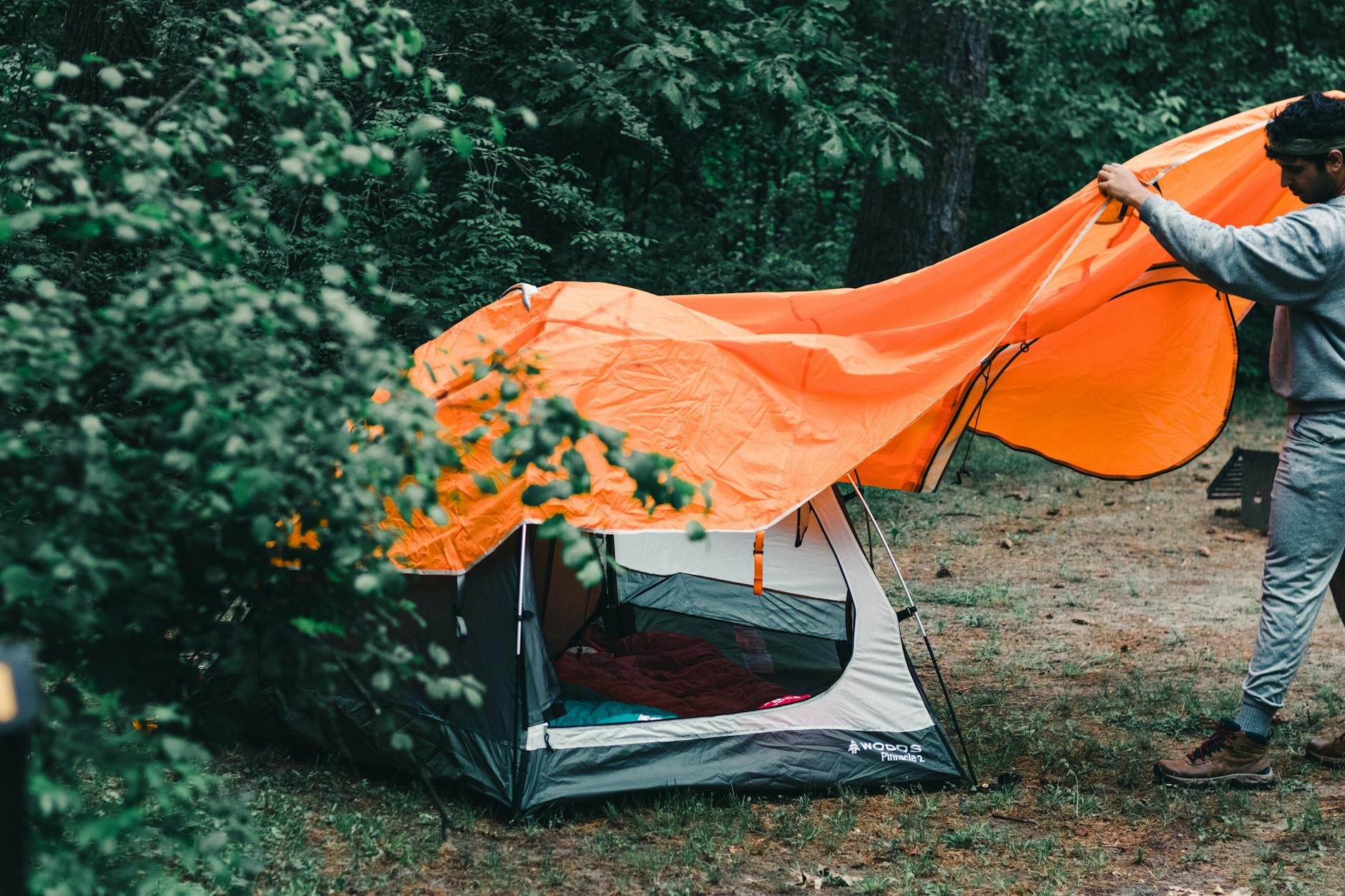
8. Consider Carrying An Emergency Shelter, Such As An Emergency Blanket
Let’s face it, even the most seasoned hikers can get caught off guard. Imagine this: you take a tumble on the trail, twist your ankle, and darkness is starting to fall. Suddenly, that leisurely hike takes an unexpected turn.
An emergency shelter, like a compact emergency blanket, is your tiny guardian angel in such situations. This lightweight wonder reflects your body heat, helping you stay warm even in chilly conditions. It can also act as a wind and rain shield in a pinch, keeping you dry and protected while you wait for help.
9. Tell Someone Your Plan Before You Go On A Hike
This could be as simple as letting a friend or family member know where you are going and when you expect to be back. If you are not back on time, they will know how to find you and where to find you. This is another way to ensure safety.
RELATED: Merrell Men’s All Out Blaze Aero Sport Hiking Water Shoe Review- The Ultimate Hiking Shoes
10. Bring Enough Food And Water For Your Hike
Hiking is like revving up your body’s engine – it burns fuel fast. Be sure to factor in how much food and water you might need if something goes wrong, such as getting lost.
A quick bite of a granola bar or some trail mix refuels your body and keeps you energized. Dehydration is also a sneaky enemy on the trail, sapping your strength and focus. Regular sips of water keep you hydrated and feeling your best.
11. Don’t Approach Wildlife
Refrain from approaching wildlife while hiking. While it may be fun playing with wildlife, you may get injured or even killed. This includes animals that seem cute or cuddly, such as squirrels. Wildlife can be dangerous and can carry diseases.
12. Hiking Boots
Put on hiking boots with good tread and that are supportive and protect your ankles. Consider bringing flip-flops or sandals to change into after your hike.
13. First-Aid Kit
A small first-aid kit with band-aids, antibiotic cream, anti-chafing or blister cream, painkillers, and antihistamines is recommended. You never can tell: you may get injured or stung by insects. The first aid kit can help you take care of your wounds before you seek medical help.
14. Tools
A pocket knife or fixed-blade knife is a good idea to have on hand. Here are some examples of how a knife can be helpful:
- Woodwork to get a fire going: You can use a knife to prepare kindling for a fire.
- Cutting cordage: A knife can be used to cut rope or cordage for various purposes, such as repairing gear or building a shelter.
- Self-defense: While a knife is not a primary defense tool, it can be used for self-defense in an emergency situation.
15. Hike At The Pace Of The Slowest Person In Your Group
If you are hiking with a group, hike at the pace of the slowest person. You do not need to rush to ensure everyone enjoys the experience.
16. Bring A Power Station For Multi-Day Hikes
A power station allows you to charge your devices and even work on your laptop without having to go back to the city to recharge.
17. Prepare For Unpredictable Weather
Learn how to deal with bad weather. Put all your gear in a trash bag to keep it dry inside the backpack. Summit mountains and high altitude passes early in the morning to avoid thunderstorms.
If you get caught in a thunderstorm, don’t hide under exposed trees or rocks. Look for a small forest, a bunch of trees next to each other, or a boulder field to shelter in.
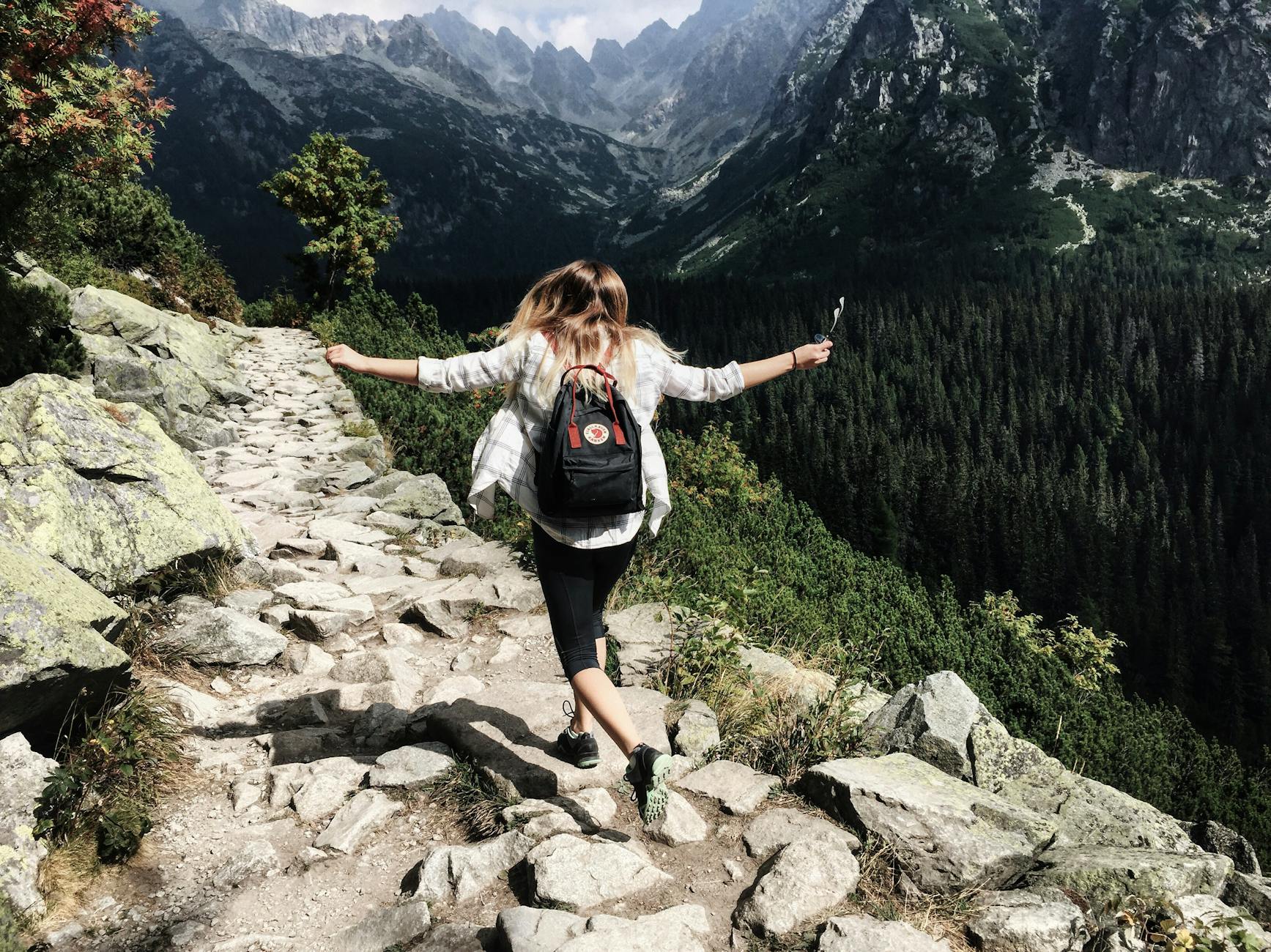
What is Hiking (Tips When Hiking)
Hiking is like an adventure walk in nature. It’s more than just a stroll in the park; it’s a chance to explore trails, breathe in fresh air, and challenge yourself physically.
You can hike at a leisurely pace or push yourself with a climb, and the destinations are endless – from scenic forests to breathtaking mountain peaks.
Benefits Of Hiking (Tips When Hiking)
Hiking offers a lot of benefits. Here are some of the benefits of hiking:
- Body Boost: Hiking is a fantastic all-around workout. Those inclines sculpt your legs and glutes, uneven terrain strengthens your ankles and core, and fresh air fills your lungs, boosting your cardiovascular health.
- Mental Health: Hiking is a natural mood booster. Being in nature has a calming effect, reducing stress and anxiety. Plus, the accomplishment of reaching a summit or completing a challenging trail can give you a serious dose of endorphins – the happy chemicals in your brain!
- Vitamin D: Soaking up some sunshine while you hike is a great way to get your daily dose of vitamin D, which is essential for strong bones, a healthy immune system, and even improved mood.
- Nature Connection: Hiking allows you to unplug from the digital world and reconnect with nature. The sights, sounds, and smells of the forest or mountains can be incredibly rejuvenating, leaving you feeling centered and grounded.
- Social Booster: Hiking with friends or family is a fantastic way to bond and create lasting memories. Sharing the challenges and triumphs of the trail strengthens relationships and creates a sense of camaraderie.
The Bottom Line on Tips When Hiking
Hiking is fun and challenging at the same time. That is why you need tips when hiking to be able to navigate your trails and enjoy your hike. With the above tips when hiking, you are sure to enjoy your hikes and refresh your body.
